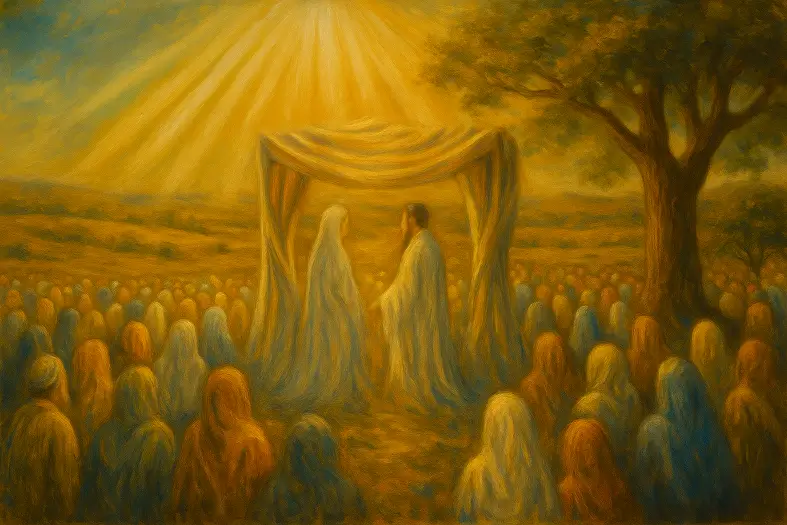


It is forbidden for a woman to wear men’s clothing or adorn herself in a way intended to appear as a man.
This mitzvah prohibits women from adopting men’s garments or accessories. The Torah frames the prohibition for both genders, each addressed separately to stress its seriousness. Rambam (Hilchot Avodat Kochavim 12:10) explains that the practice of gender-swapping clothing was associated with idolatrous festivals and immorality. The Talmud (Nazir 59a) clarifies that the issue is not clothing itself, but the intent — dressing for purposes of deception, licentiousness, or idolatry. Rashi (Deut. 22:5) explains that women dressing as men could gain access to spaces or activities reserved for men, leading to immorality. Ramban (Deut. 22:5) emphasizes that Hashem established clear distinctions between male and female in both nature and garments; erasing these boundaries undermines Divine order. Sefer HaChinuch (Mitzvah 543) explains that the mitzvah upholds modesty, moral clarity, and family integrity by protecting the lines Hashem established.
Commentary & Classical Explanation
Contrast with Mitzvah 70 (Men must not wear women’s clothing)
Parallel to Laws of Modesty and Family Integrity
Gender-neutral fashion and blurred lines
Social and political movements
Sports, military, and cultural uniforms
Entertainment and performance
Professional pressures
Halachic nuance


Mitzvot that prohibit worship of false gods and practices associated with idol worship.
Represents the concept of spiritual intentionality, purity, and sanctity—set apart for a higher purpose.
Signifies awe and reverence toward Hashem—living with awareness of His greatness and presence.
Represents Emunah—the deep, inner trust in Hashem’s presence, oneness, and constant involvement in our lives. This badge symbolizes a heartfelt connection to G-d, rooted in belief even when we cannot see. It is the emotional and spiritual core of many mitzvot.
Mitzvot that define and deepen the relationship between a person and their Creator. These include commandments involving belief, prayer, Shabbat, festivals, sacrifices, and personal holiness — expressions of devotion rooted in divine connection.
Mitzvot that strengthen communal life — showing up, participating, supporting, and belonging. Community is where holiness is shared, prayers are multiplied, and responsibility becomes collective.

Dive into mitzvot, prayer, and Torah study—each section curated to help you learn, reflect, and live with intention. New insights are added regularly, creating an evolving space for spiritual growth.

Explore the 613 mitzvot and uncover the meaning behind each one. Discover practical ways to integrate them into your daily life with insights, sources, and guided reflection.

Learn the structure, depth, and spiritual intent behind Jewish prayer. Dive into morning blessings, Shema, Amidah, and more—with tools to enrich your daily connection.

Each week’s parsha offers timeless wisdom and modern relevance. Explore summaries, key themes, and mitzvah connections to deepen your understanding of the Torah cycle.